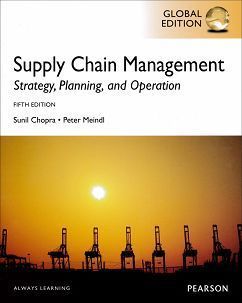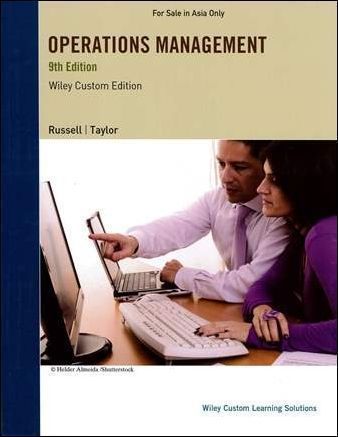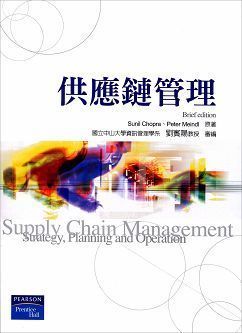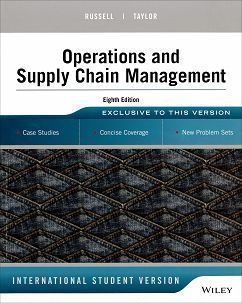書籍分類

Supply Chain Management: Strategy, Planning and Operations 5/e
作者:Sunil Chopra
原價:NT$ 1,300
ISBN:9780273765226
版次:5
年份:2013
出版商:Pearson Education
版次:5
年份:2013
出版商:Pearson Education
內容介紹 本書特色 目錄
- Description
Illustrating the key drivers in effective supply chain management.
Supply Chain Management: illustrates the key drivers of good supply chain management in order to help students understand what creates a competitive advantage. This text also provides strong coverage of analytic skills so students can gauge the effectiveness of the techniques described in the text.






